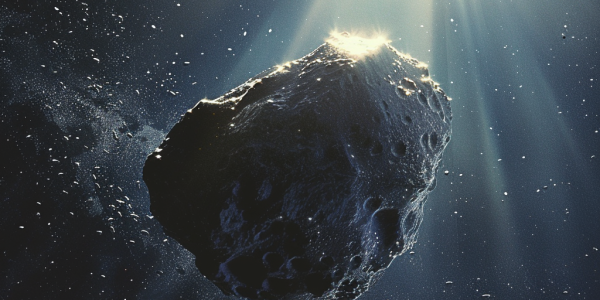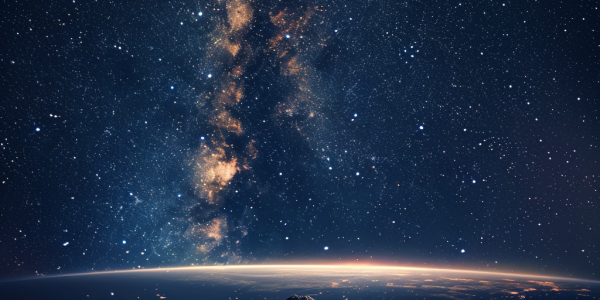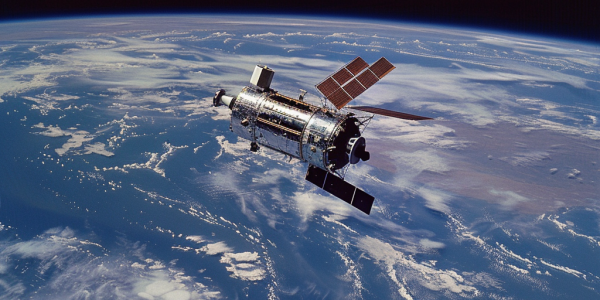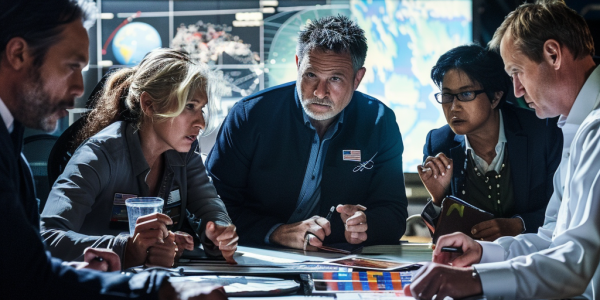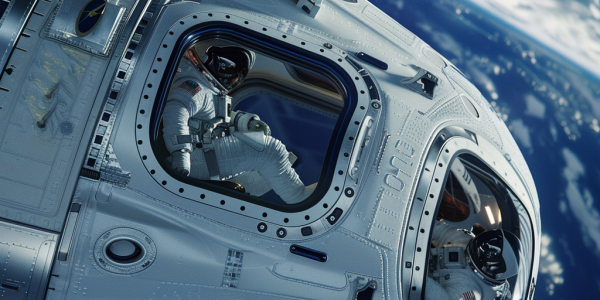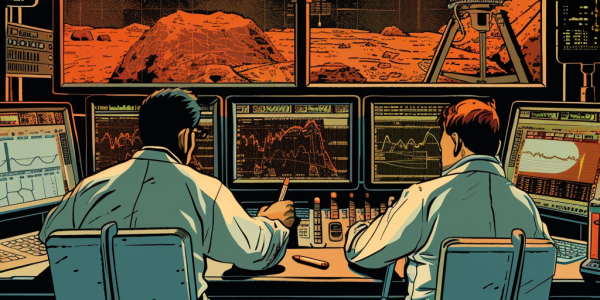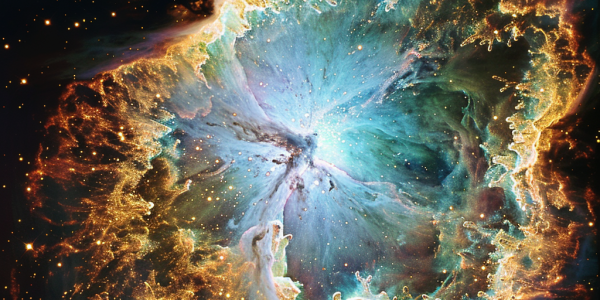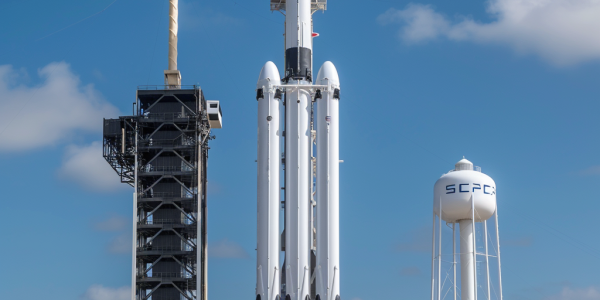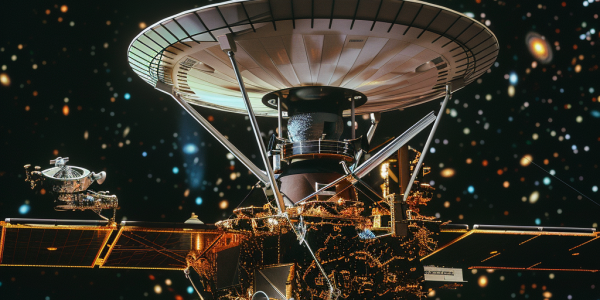NASA’s Mission to Capture $10 Quintillion Asteroid 16 Psyche
NASA has unveiled plans to capture an asteroid worth $10 quintillion named 16 Psyche, discovered 172 years ago. This asteroid, with valuable metals like gold, iron, and nickel, has sparked immense interest. NASA’s mission involves a spacecraft reaching 16 Psyche in July 2029 to gather scientific data until November 2031. Named after the Greek goddess of the soul, 16 Psyche orbits the Sun in the main asteroid belt, offering insights into planetary cores and planet formation. This ambitious mission may reshape our understanding of the cosmos.
Rare Cosmic Event: Asteroid Apophis to Approach Earth in 2029
Get ready for one of the most extraordinary space events in history as asteroid 99942 Apophis is set to make a close approach to Earth in 2029. With a 1.6% probability of impact, this rare cosmic event has NASA experts on alert. Stay informed and prepared for this once-in-a-lifetime celestial phenomenon.
NASA Transitions Hubble Space Telescope to Single-Gyroscope Operation
Learn about the transition of the Hubble Space Telescope to single-gyroscope operation and its impact on its science mission. With the possibility of another servicing mission up in the air, find out how the HST continues to function after 34 years in space and the potential future for this iconic telescope.
Experts Discuss Hypothetical Asteroid Threat in Table-Top Simulation
A table-top simulation involving asteroid experts, NASA workers, and international partners highlighted the potential threat of a massive asteroid with a 72% chance of colliding with Earth in 14 years. With thousands of ‘near-Earth objects’ still unidentified, the exercise emphasized the need for ongoing preparedness and vigilance to protect the planet from catastrophic impacts.
Expedition 71 Crew Members Prepare for Spacewalks and Research on ISS
NASA’s Expedition 71 crew, including Indian-origin astronaut Sunita Williams, prepares for spacewalks and conducts microgravity research on the International Space Station. Scheduled tasks include addressing faulty hardware, swabbing for microorganisms, replacing gyroscope assembly, and more. Williams, a Starliner Pilot, is busy with station maintenance and scientific experiments. With a history-making career, she holds the record for most hours of spacewalk by a woman and is on her third space flight.
Boeing’s Starliner spacecraft encounters unexpected issues on journey to International Space Station
Boeing’s Starliner spacecraft faces unexpected issues on its journey to the International Space Station, leaving NASA astronauts in a tentative position. Helium leaks and thruster malfunctions have delayed the return of astronauts Suni Williams and Butch Wilmore. Despite setbacks, Boeing and NASA are working to ensure a safe journey back to Earth, highlighting the challenges of the Starliner program and the complexities of manned missions to space.
Marsquakes Could Reveal Hidden Water Source on Mars, Study Suggests
A team of scientists led by Penn State University believes that marsquakes could reveal the presence of underground liquid water on Mars. By listening to seismic activity on the red planet, researchers hope to detect hidden water sources deep below the surface. The study, published in the Journal of Geophysical Research: Planets, proposes using seismic waves to produce electromagnetic signals that indicate the presence of water miles below the surface. This innovative approach could revolutionize the search for water on Mars, offering valuable insights into current water reservoirs on the planet.
James Webb Space Telescope Captures Stunning Details of Crab Nebula
The iconic Crab Nebula has been captured in exquisite detail by the powerful James Webb Space Telescope, revealing intricate cage-like formations formed by dust grains. This latest mosaic offers a fresh perspective on the enigmatic supernova remnant, providing valuable insights into its origins. Stay tuned for more updates on this captivating celestial object as astronomers continue to unravel its mysteries.
NOAA’s GOES-U Satellite to Launch Aboard SpaceX’s Falcon Heavy Rocket in June
NOAA’s GOES-R series constellation nears completion with the upcoming launch of its GOES-U satellite on SpaceX’s Falcon Heavy rocket. This marks a shift from ULA’s Atlas V 541 rocket, with SpaceX winning the bid for this mission. Falcon Heavy’s cost-effectiveness and performance criteria were key factors in NOAA’s decision, as it prepares for this historic launch.
Voyager 1 Resumes Full Science Operations After Technical Glitch
NASA’s Voyager 1 spacecraft, the farthest human-made object from Earth, has resumed full science operations after a technical glitch. The dedicated team behind Voyager 1 successfully identified and fixed the issue, allowing the spacecraft to transmit clear data from its science instruments located 15 billion miles away in interstellar space. This milestone showcases Voyager 1’s resilience and the ongoing success of its mission, inspiring future generations of space enthusiasts.

